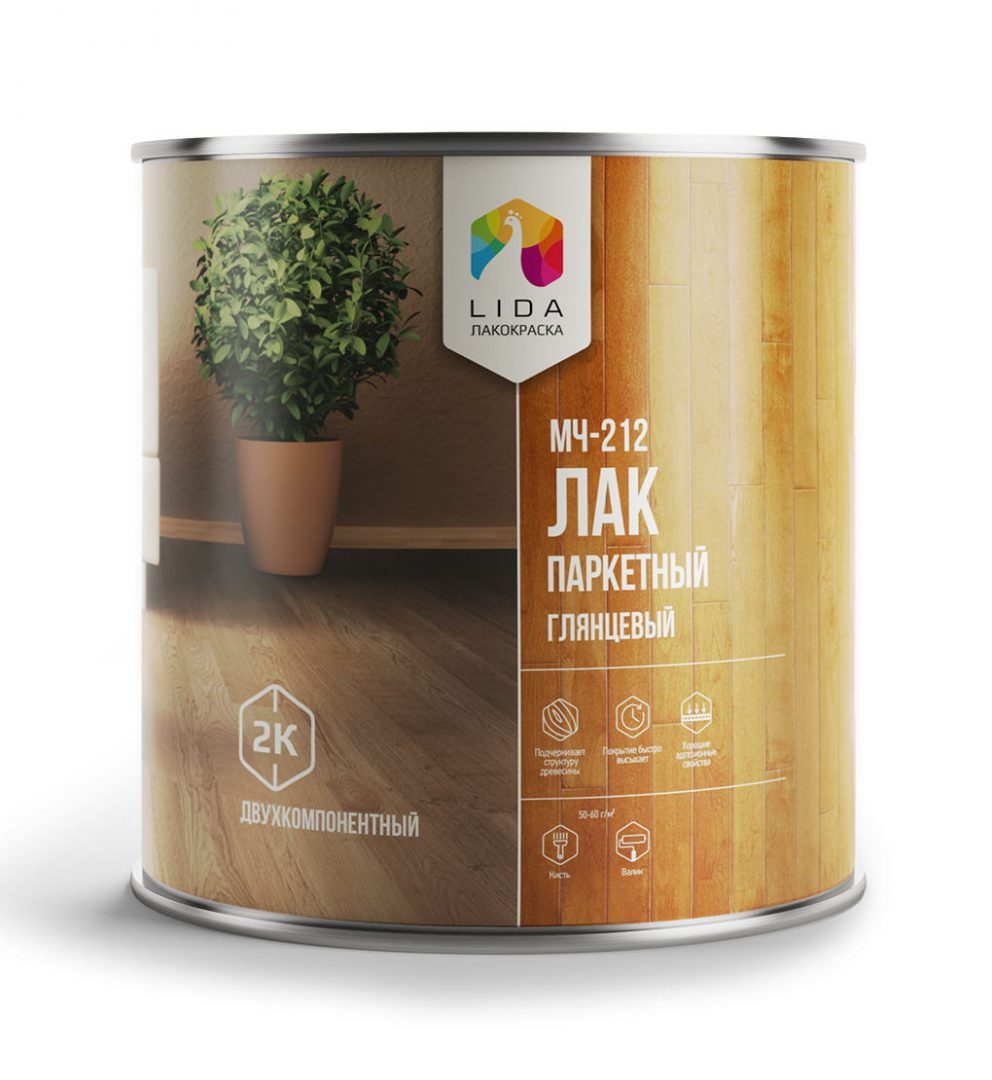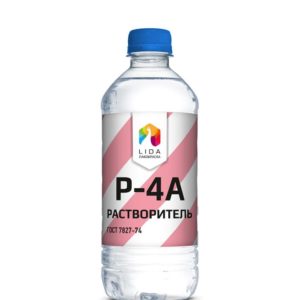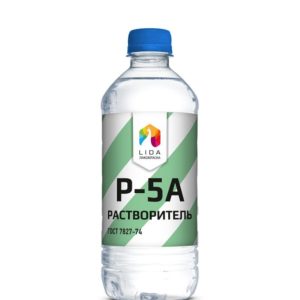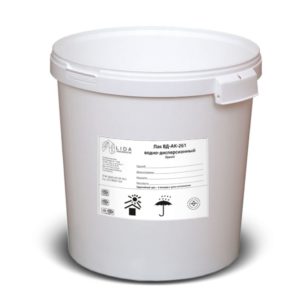Specifications:
| No | Name of the indicator | Requirements TNPA |
| one | The appearance of varnish coating | Smooth, with uniform gloss, without extraneous inclusions |
| 2 | Iodometric lacquer color scale mg J 2 / 100cm 3 , which is darker than | 60 |
| 3 | Conditional viscosity according to the viscometer of the VZ type – 246 with a nozzle diameter of 4 mm, at a temperature of (20.0 ± 0.5) ° С, s | 35 – 50 |
| four | Mass fraction of nonvolatile substances of a semi-finished varnish,% | 50 ± 2 |
| five | Drying time to degree 4 at a temperature of (20 ± 2) ° С, h, not more | 3 |
| 6 | Coating hardness by pendulum device type TML (pendulum A), relative units, not less | 0.3 |
| 7 | Varnish viability after mixing the components at a temperature of (20 ± 2) ° С, h, not less | eight |
| eight | Coating resistance to static exposure at a temperature of (20 ± 2) ° С, h, not less than: 0.5% water solution of household soap5% soda ash solution |
eighteight
eight |
| 9 | Gloss of a covering on gloss meter FB – 2,%, not less | 55 |
| Note: it is allowed to increase the viscosity during storage of the semi-finished varnish, if after mixing, adding an acid hardener and diluting to a working viscosity, the varnish will meet the requirements of TNPA. | ||
Scope : The varnish is intended for painting parquet and plank floors with normal load (for residential premises) and other wooden surfaces used indoors.
Advantage : The varnish is easy to apply, dries quickly, has good adhesive properties, emphasizes the natural texture of wood. The varnish is ideal for professional use and for home use.
Surface preparation: The surface to be coated should be ground with fine-grained sanding paper (4-H (M40) or P280 / 320) or a belt sander, cleaned of grease, wax, dust and other possible contaminants; sanding dust should be carefully removed. The quality of grinding significantly improves the appearance of the lacquer coating. Previously varnished surfaces should be sanded, dust should be removed, and a control lacquering of a small surface area should be carried out to check the compatibility of the old and new coatings.
Coating: Before use, mix the semi-finished varnish with an acid hardener in the following ratio: 100 parts by weight of the semi-finished varnish and 8 parts by weight of the hardener, mix thoroughly. If necessary, use a diluent RKB-1 (TU 6-10-1326-77) or a mixture of solvents xylene (orthoxylene): butyl alcohol in a ratio of 1: 1. Solvent 646 (GOST 18188) may be used. for paints and varnishes. If necessary, before applying the lacquer filter through a nylon mesh. The pot life of the varnish is 8 hours in a closed container at a temperature of (20 ± 5) ° С.
Apply the finished lacquer with a soft brush or short-fleece roller at a temperature of ambient air, paintwork material and the surface to be painted not lower than 15 ° С, relative humidity not more than 65%. Wood moisture should not exceed 10%.
During operation, it is necessary to ensure constant ventilation (avoid drafts!), Avoid direct sunlight on the surface.
The number of applied varnish layers – at least two. Intermediate drying between coats – 3 hours at a temperature of (20 ± 2) ° С and relative humidity of air (65 ± 5)%. At lower temperatures or high humidity, the drying time can be increased. Do not apply a new coat of varnish on the previous layer that has not dried out. Interlayer sanding to produce, if necessary.
Drying time until possible careful walking on the floor – at least 8 hours after the last varnish has dried, drying time until the surface is fully used (carpeting, furniture installation, wet cleaning) – at least 7 days.
The varnish consumption for a single-layer coating is 50–60 g / m² and may vary depending on the absorbency and roughness of the substrate, the skill of the master, the thickness of the coating and other factors.
Precautionary measures: when carrying out painting works and after their termination to air the room. Wear rubber gloves to protect your hands.
Transportation and storage: semi-finished varnish and acid hardener according to GOST 9980.5 and STB 11.4.01.










